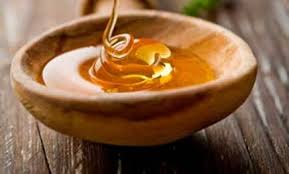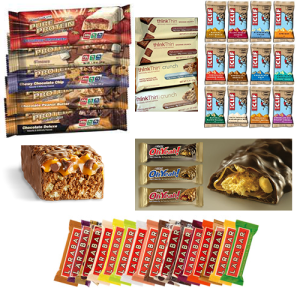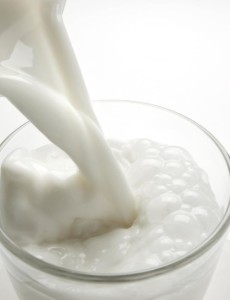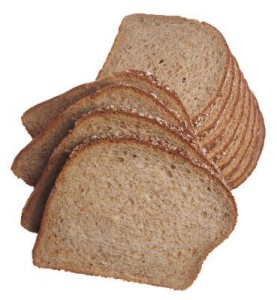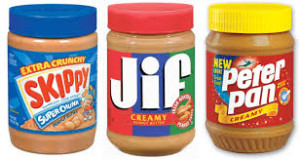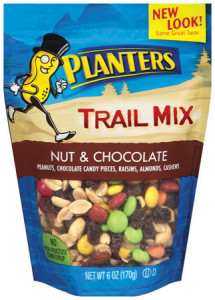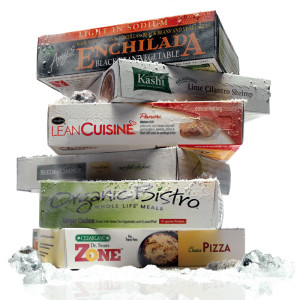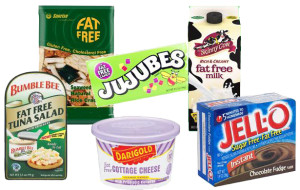As far back as I can remember my family ate healthy. We used to make a trip to the health food store at least twice a week – unlike most kids’ trips to the dime store who were left at the lunch counter to have some greasy french fries and a grilled cheese sandwich;usually at a Woolworth’s store.
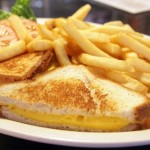


Instead, my mother left me at the juice counter at the health food store to have a vegetable drink while she shopped. The juice usually consisted of carrots, celery and apples mainly and it was pretty good.
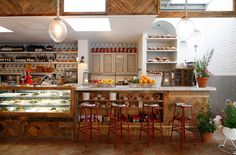

Now I grant you that the greasy stuff was probably tastier and more satisfying; but at the same time I surely can’t complain about being healthy.
I know; it was a sheltered life….but…what can I say?
So, ever since then I’ve been a connoisseur of healthy eating and trying to help people understand what they’re eating and how “you are what you eat” literally!
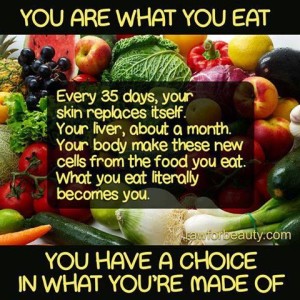
If you’ve been following my posts for this challenge; you might remember me mentioning a private Facebook group I created as a result of a book that I put together for friends and family. I’ve grabbed a few files I posted there to elaborate on here. Here’s the link to the group. Let me know if you’d be interested in being a part of the group; which could spark some inspiration to reignite the group again. I haven’t kept up with it for quite some time and need a little shove.
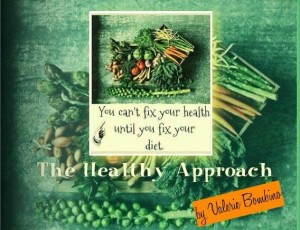
Facebook “The Healthy Approach” Group
Now that we’ve stuffed ourselves with all the wonderfulness of our Thanksgiving dinners – it’s time to get back to the basics of eating healthy…
I’ve taken the liberty of throwing together a small list of the most common foods that people mistake for being healthy…
Listed below are 10 common foods that people mistake as healthy, with tips for what to choose instead and what to look for in each particular item.
1. Yogurt/Frozen Yogurt
Mistake: Don’t let the probiotics and good bacteria fool you – most yogurts are packed with added sugar and high-fructose corn syrup. The same goes for frozen yogurt. Though it may seem low in calories and low in fat, the sugar converts to fat once it enters the bloodstream.
Better Option: Opt for Greek yogurt as it’s higher in protein and choose plain over flavored. Add in your own fresh fruit, a few raw nuts and/or ground flaxseeds and sweeten with a touch of raw honey.
2. Agave Nectar
Mistake: Though most health food stores carry it, the trendy sugar substitute, agave nectar, shockingly contains 70 to 80 percent fructose, which is more than what’s found in high-fructose corn syrup. Most agave is laboratory-generated super-condensed fructose syrup, without any nutrients.
Better Option: For sweeteners, choose raw honey, 100% pure grade A maple syrup, dates or stevia.
3. Cereal/Instant Oatmeal
Mistake: Sadly enough, this staple American breakfast food is not real food. Most cereals contain nasty additives, including artificial coloring, sugar and GMO’s. As far as instant oatmeal goes, most kinds contain tons of added sugar and are partially cooked and dried for fast preparation. Because it has been processed, it is broken down and digested quicker, giving it a higher glycemic index.
Better Option: For those who simply can’t live without their cereal fix, look for varieties with as few ingredients as possible and make sure you actually know what each ingredient is. There should be no more than 200 calories per cup, no more than 5 grams of sugar and at least 3 grams of fiber for lighter cereals (1 ounce per serving) and at least 6 grams of fiber for heavier cereals (2 ounces per serving). Also, pay attention to where the sugar is coming from.
For oatmeal, chose old-fashioned rolled oats or steel cut. Though these take longer to cook than instant oatmeal and are not as convenient, you can make a big batch on Sunday to portion out for breakfast during the week.
4. Snack/Protein Bars
Mistake: Like cereal, reading the labels is crucial! Bars are notorious for sneaking as many ingredients into one seemingly small, “healthy” snack as possible. People often choose bars as an easy, on-the-go snack, thinking it is a healthy choice, but most bars are similar to processed candy bars.
Better Option: Look for bars that are under 200 calories, less than 5 grams of sugar (unless the sugar is coming from natural sources – dates, figs, etc.) and that are high in fiber and protein (at least five grams of each). Look for bars made of oats, nuts and dried fruit and that have no more than 5 ingredients.
Of course, healthier than eating bars are fresh fruit, vegetables and nuts, all of which are easy, on-the-go snacks that are whole foods.
5. Skim Milk
Mistake: Skim milk is fortified with synthetic vitamins to replace those lost in fat-removal and milk solids to replace the protein and calcium lost in processing. Just one cup of skim milk contains 90 calories and 12 grams of sugar.
Better Option: Opt for unsweetened almond, coconut or hemp milk. The calories will be cut in half and without any sugar. They also won’t contain the nasty additives found in dairy milk.
6. Whole Wheat and Multigrain Breads
Mistake: If you’re a whole wheat bread eater, you may want to sit down for this one. Though you were doing your best to try and make good choices, sadly enough, whole wheat bread is white bread in disguise. It’s usually a combination of white bread and just enough wheat flour to pass as something multigrain and “healthy.”
Multigrain bread isn’t any better, containing enriched flour; so essentially, you may as well be eating white bread. Enriched flour causes a spike in blood sugar and crash without any nutritional value, thus stimulating hunger. Most bread also contains hydrogenated oil, artificial sweeteners, high fructose corn syrup and preservatives.
Better Option: To get your bread fix, look for sprouted grain bread such as Ezekiel and Manna. Another healthy alternative is Mochi; Grainaissance makes a good one that’s 100% organic whole grain brown rice.
7. Peanut Butter
Mistake: Most peanut butters are heavily processed and contain added sugar, hydrogenated trans fats and are often contaminated with pesticides. Natural peanut butter isn’t any better because it is more susceptible to toxic mold growth. Additionally, all peanut butter contains oxalates, which eventually crystallize in the body and can lead to health problems.
Better Option: Choose natural almond, sunflower, or cashew butter for healthier options. Make sure there aren’t any added sugars or fats. And bonus if they are in raw form.
8. Trail Mix
Mistake: Pre-packaged trail mixes are often loaded with added oils, sugars and artificial coloring (those colored chocolate pieces that look like candy!). This seemingly healthy snack packs a ton of calories, fat and sugar with nuts that contain added oil and lots of sodium, dried fruit with added sugar and chocolate candies.
Better Option: Make your own trail mix with raw nuts, cacao nibs, coconut flakes and dried, unsweetened fruit. If you want that salty fix, add your own!
9. Frozen Diet Meals
Mistake: Frozen diet meals are processed and packed with preservatives and chemicals and are very high in sodium. Additionally, they’re usually marketed as healthier versions of unhealthy foods: macaroni and cheese, fettuccini alfredo, enchiladas, lasagna, etc. They may cut calories and fat from the traditional versions, but don’t help those trying to live a healthier lifestyle – they actually trick the taste buds into craving these unhealthy foods.
Better Option: Choose whole foods. Diet meals are often selected because they are easy and portion controlled, but you’d be surprised at how simple it is to prepare healthy whole foods on your own. Home cooking, with a bit of planning, can be quick and easy and is a sure way to avoid chemicals and food additives.
10. Fat-Free Foods
Mistake: Fat-free is usually an indicator of the product being chemical and sugar-loaded. When the fat is removed, food manufacturers add sugar to make up for the taste. Sugar turns to fat once inside the bloodstream. Additionally, when fat is removed, it is taking the food further away from its natural state, which is never good. Fat won’t make a person fat, but sugar will.
Better Option: Don’t be afraid of fat; just choose wisely – avocados, olive oil, nuts, seeds, coconut, salmon and olives are all awesome!
Enjoy some healthy eating – at least for a few weeks before Christmas rolls around!!! That’s a whole other story!!
Valerie


